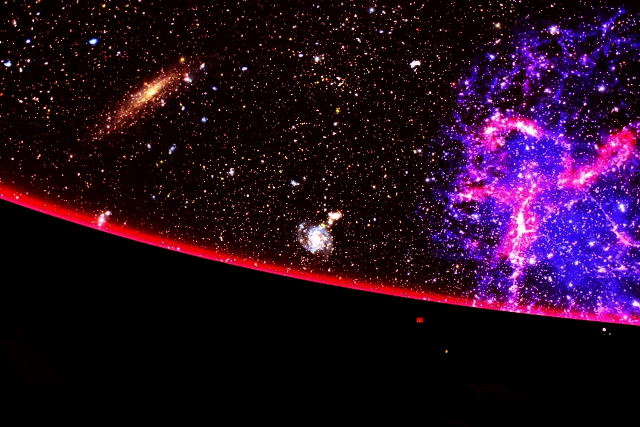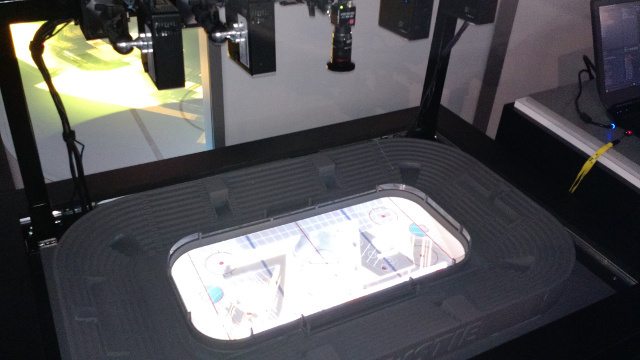We met with Christie at NAB where we had a chance to see their HDR projector in action in the Christie Innovation Theater and more.
But first, we wanted to clarify some of the configurations of the more advanced solutions the company offers. For this, we broke the projection solutions down into three blocks: light source; electronics and projection head.
The Ang Lee demo film clip screened at the Future of Cinema Conference featured the RGB laser source, TruLife 4K-DCI 120 fps electronics and a Mirage projector head.
In Dolby Cinemas, where Christie provides the projection solution, the source is RGB laser, the electronics are the series 2 IMB, which can only go to 60 fps, and the cinema projection head. The cinema projector head in this case is a 6-DMD design, so it is essentially two 3-chip DLP engines in series. This means double modulation of every pixel on the screen allowing extremely good black levels. I think Christie quotes contrast in the 1 million-to-one range but this is best evidenced in the theater when they go to a black signal. It is so dark you can’t see your hand in front of your face, nor where the screen is at all. There is no glow whatsoever. This was also evident on some of the planetarium footage that was screened.

New for NAB is a configuration aimed at additional professional applications. This bundles the RGB laser source with the TruLife electronics and the cinema projector head. Since Dolby has an exclusive in the theatrical market, this platform is aimed at applications in CAD design, theme parks, visualization, simulation, planetariums, museums and more. They are also HDR capable using a Christie-develop HDR algorithm, which we presume does not match the PQ EOTF. This is what was used in the Innovation Theater, we believe.
The rest of the booth was dedicated to showcasing applications of projection, for the most part. For example, there was a demo with a hockey rink that was perhaps 12 feet (3.6m) long and illuminated by 3-4 Boxer projectors beaming images from above. Cameras were also located above to capture hand movements and provide some interactivity. A game was being demonstrated pushing a puck back and forth.


What really caught my eye was a scale model of this that showed the ring and seats with 3-4 pico projectors illuminating the rink. What is so cool about this is that the ‘rink’ was printed by a subsidiary of Christie and integrated with the picos and cameras for very low cost. This is a great way to showcase what projection can do and is a great sales tool, in my opinion. – CC

